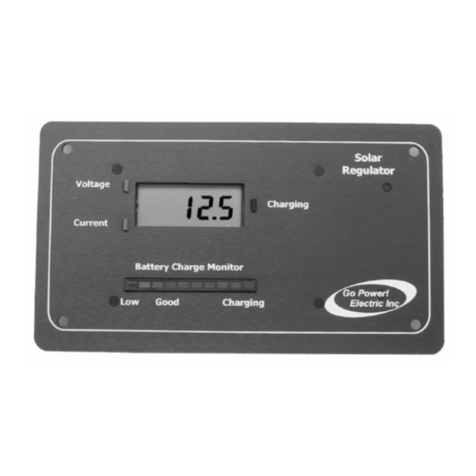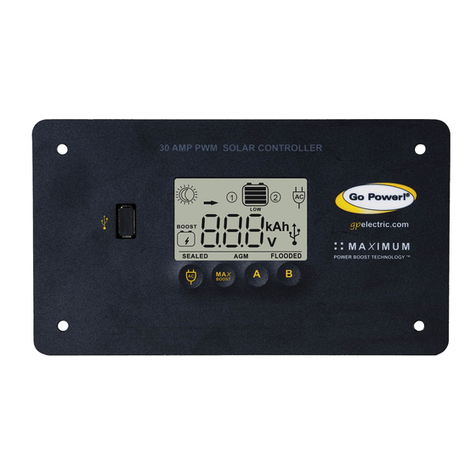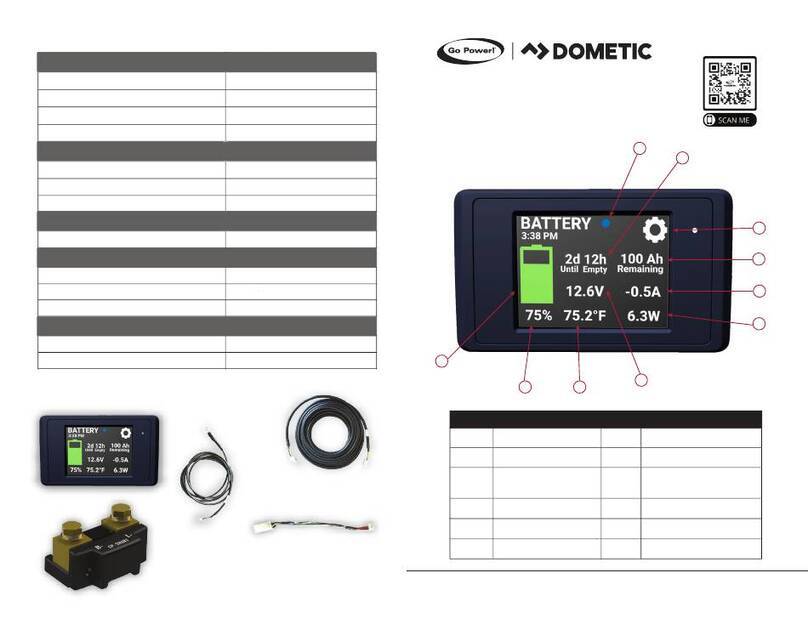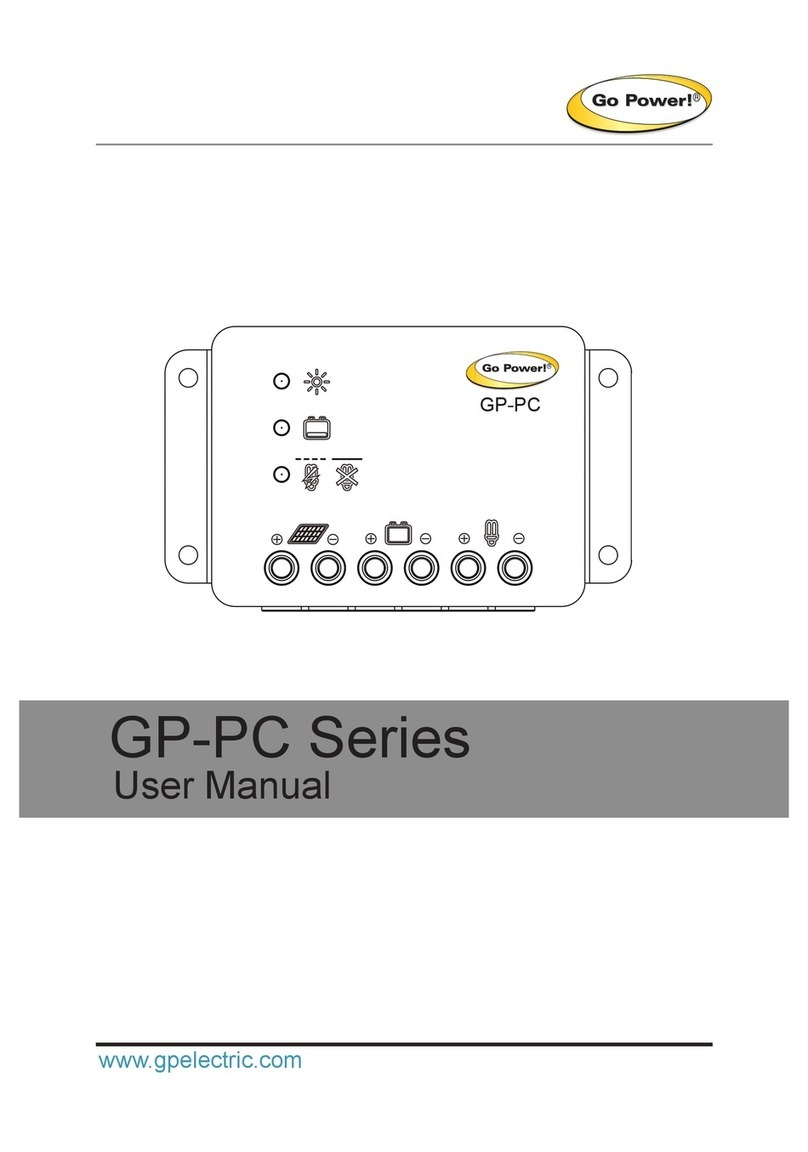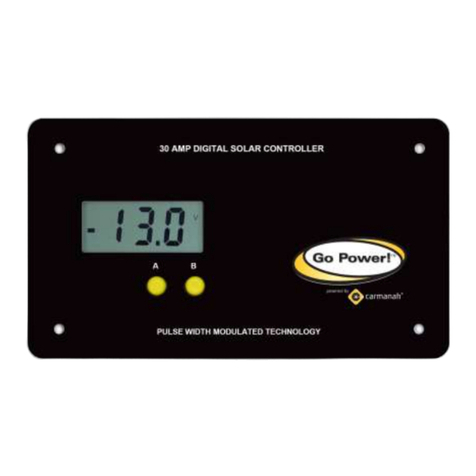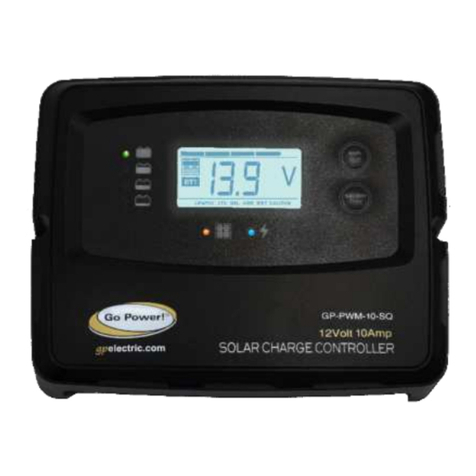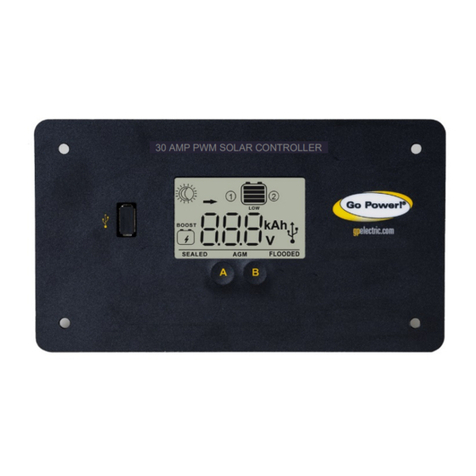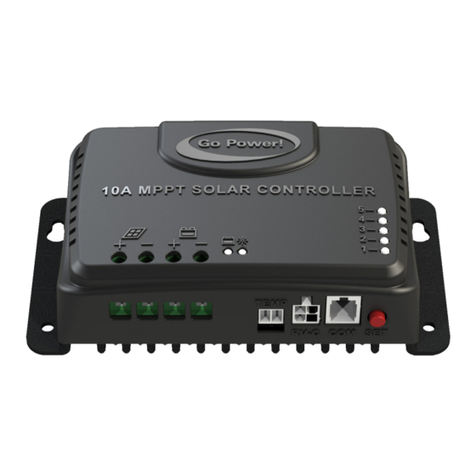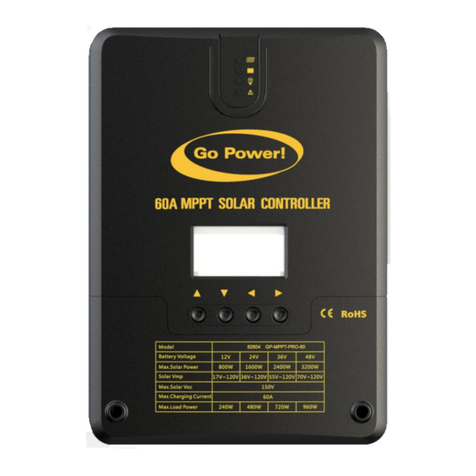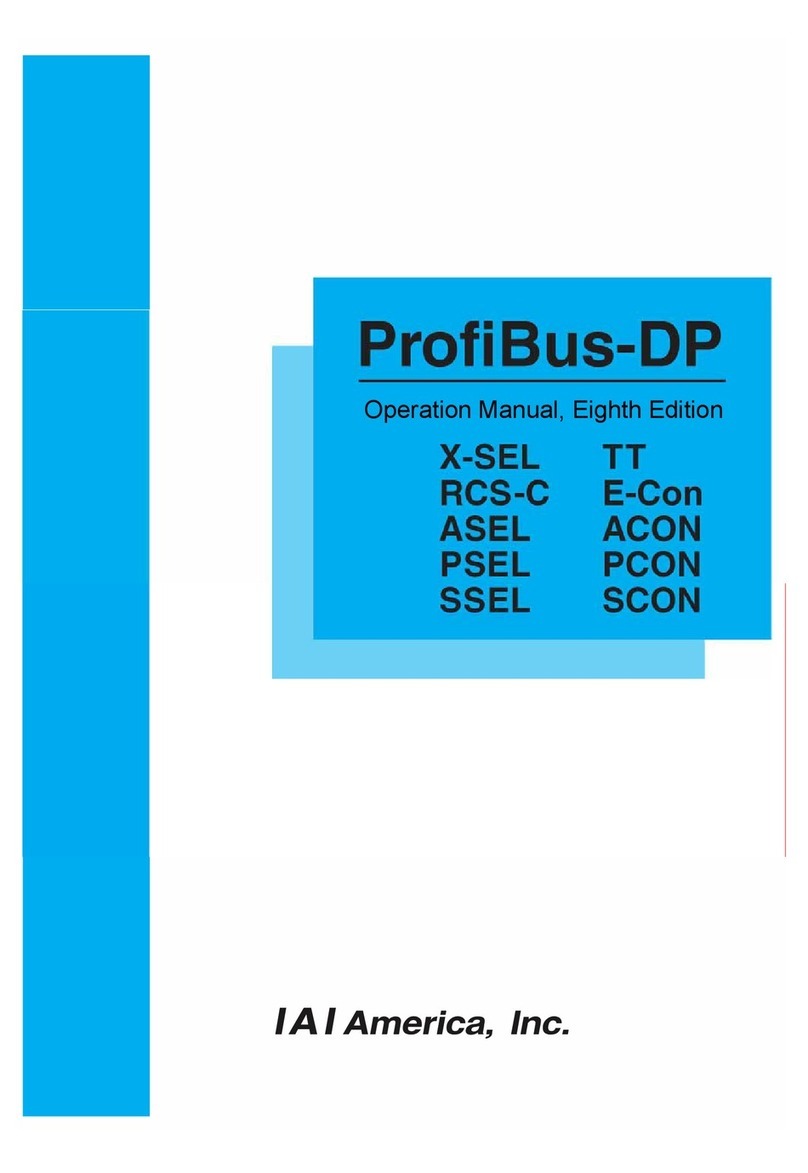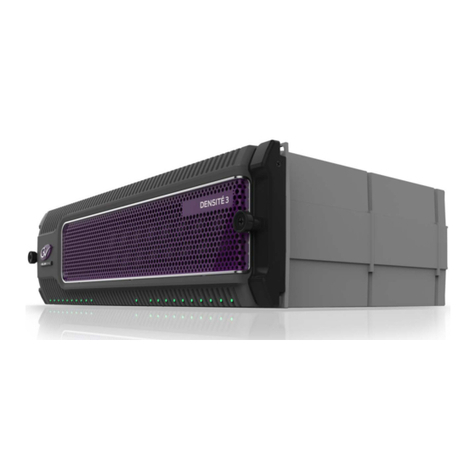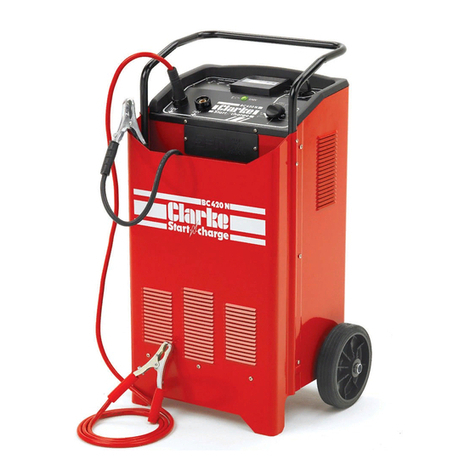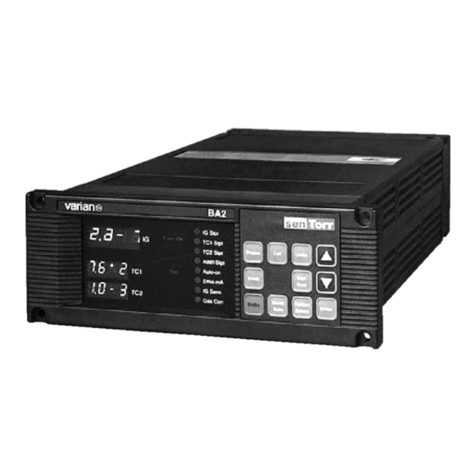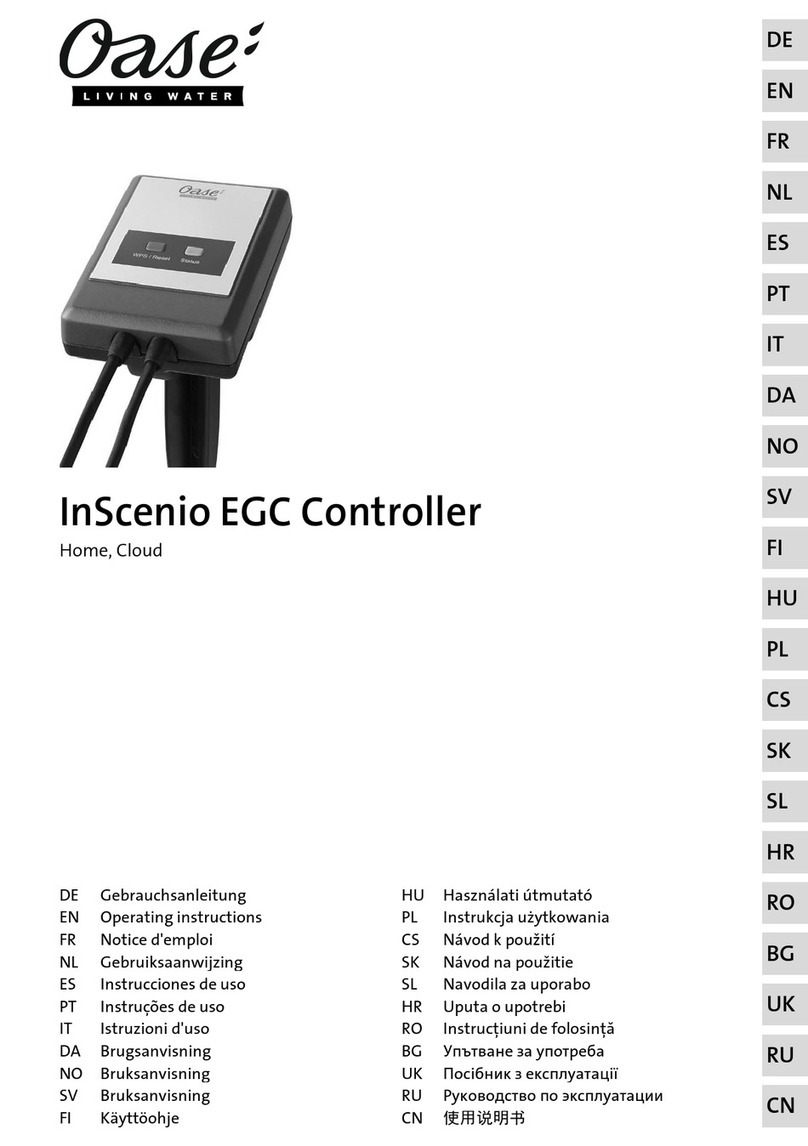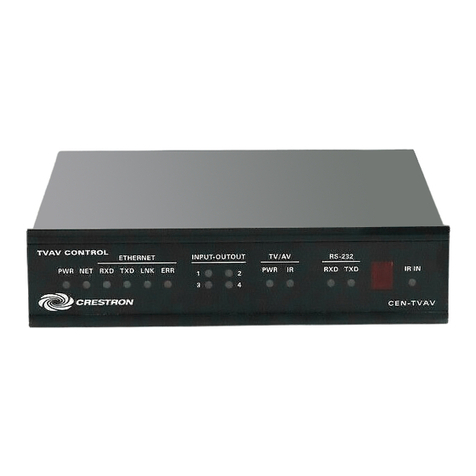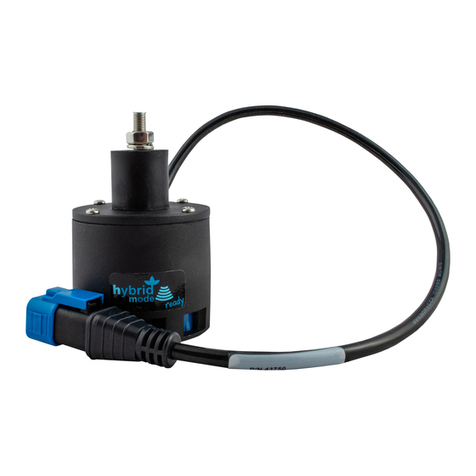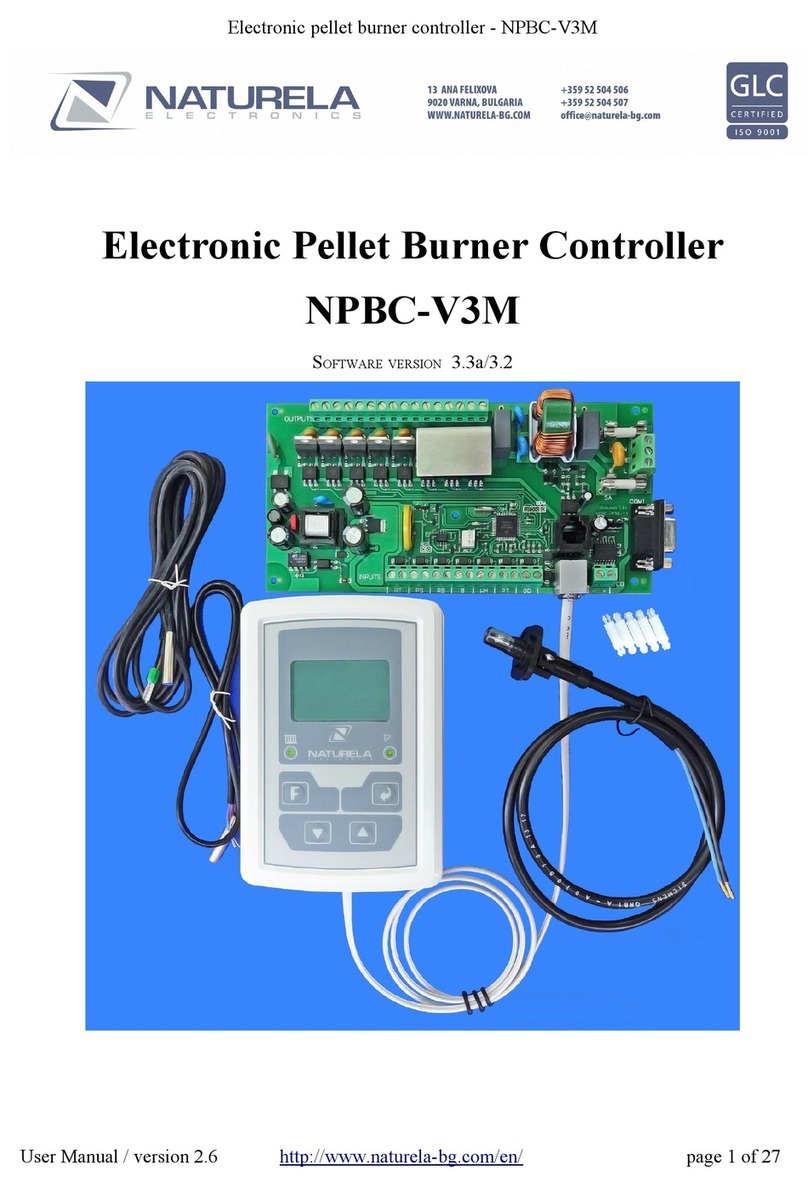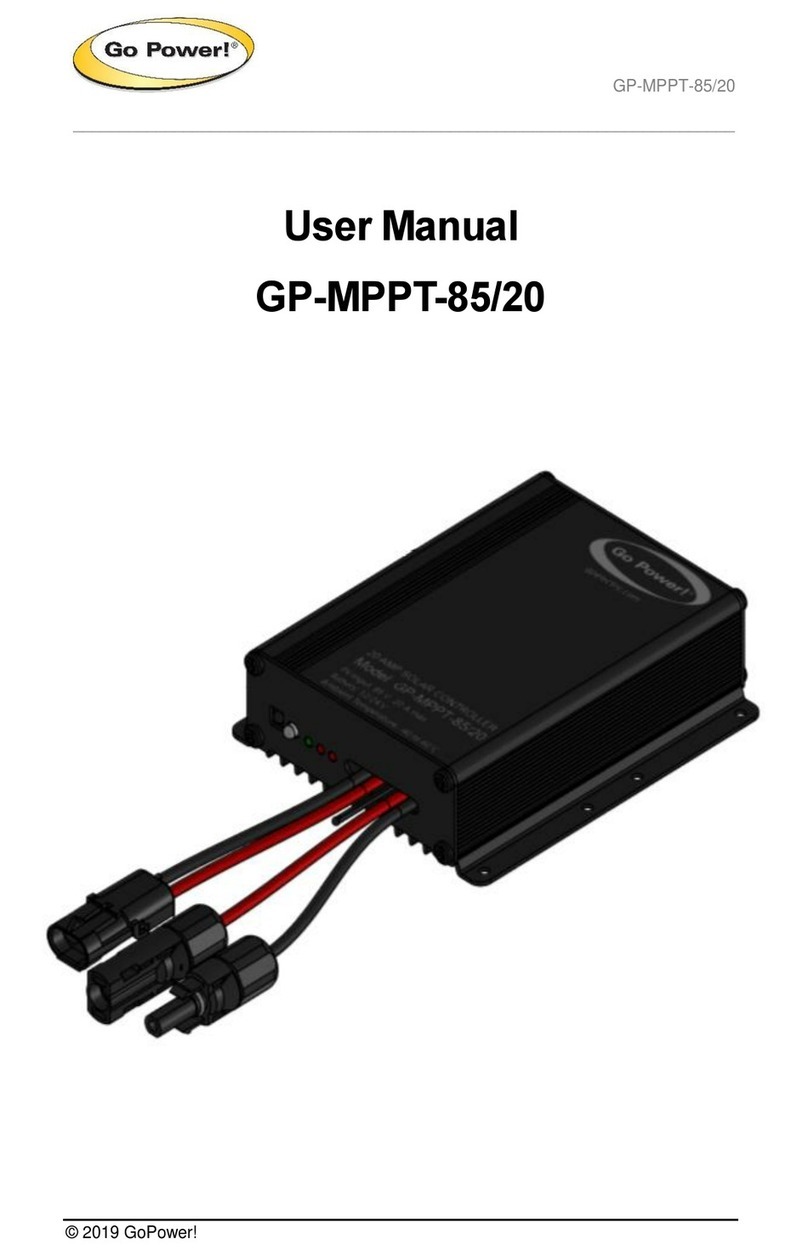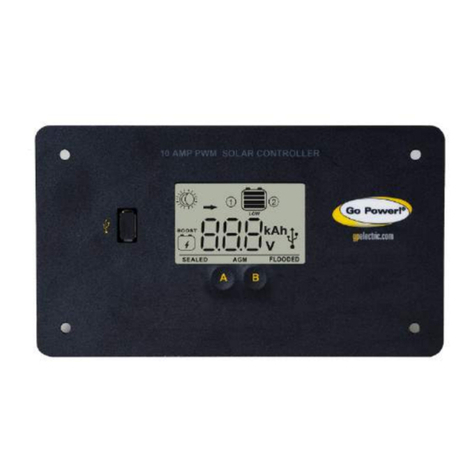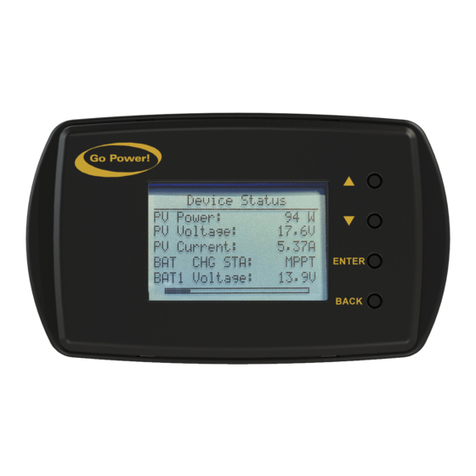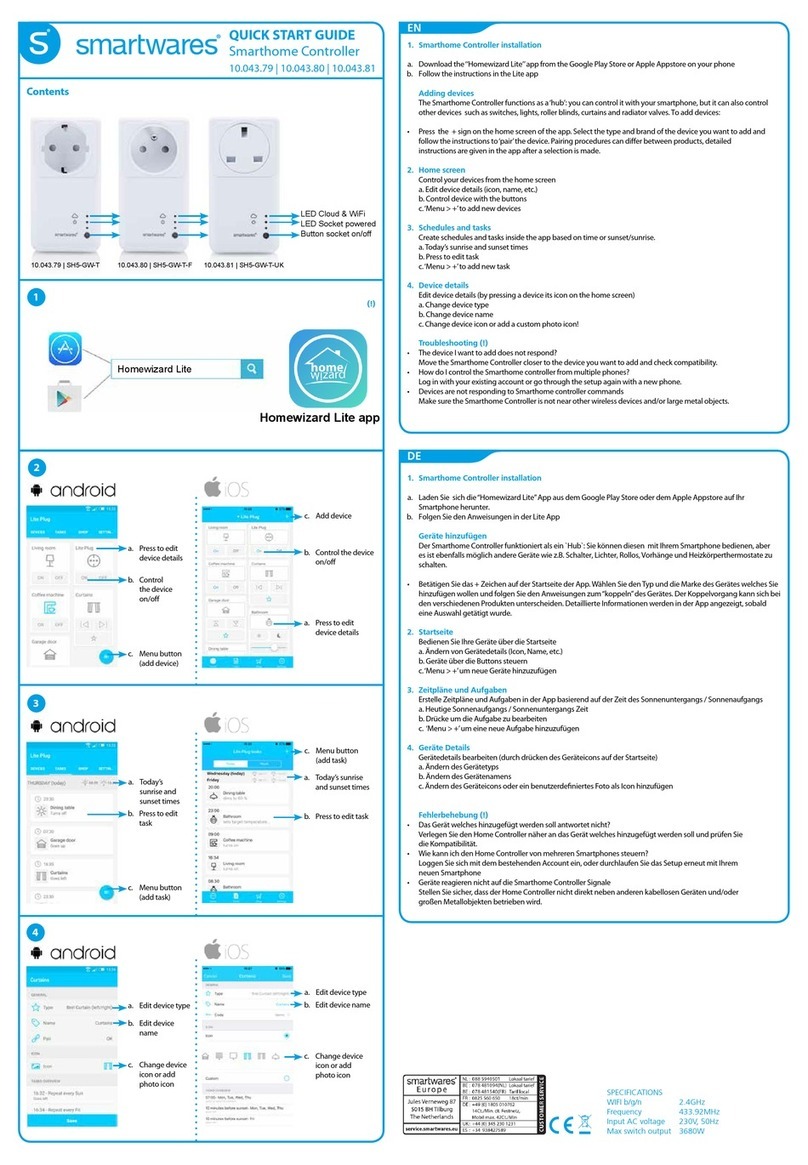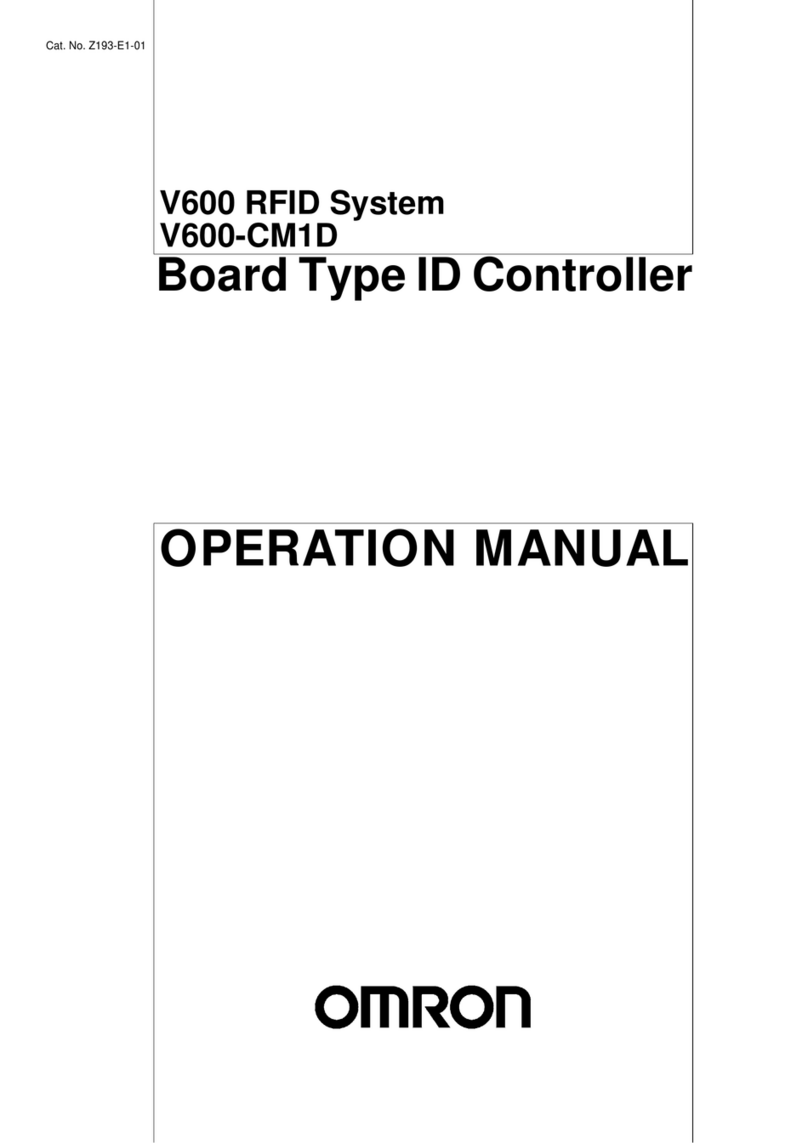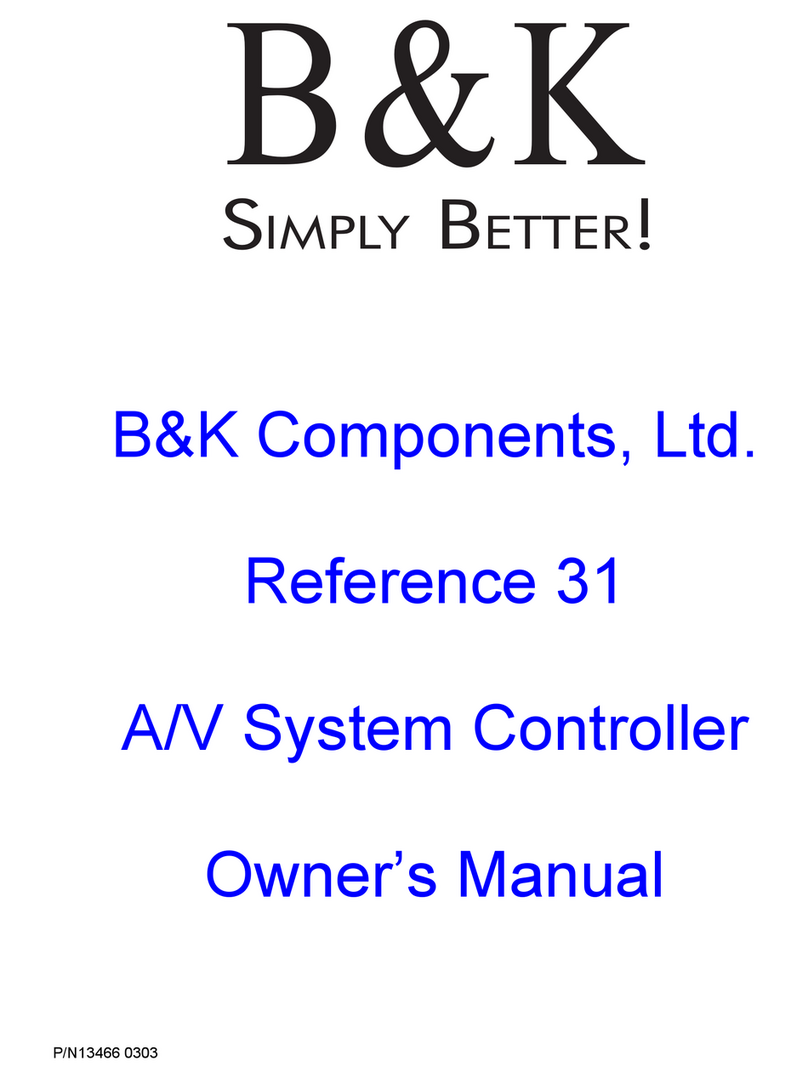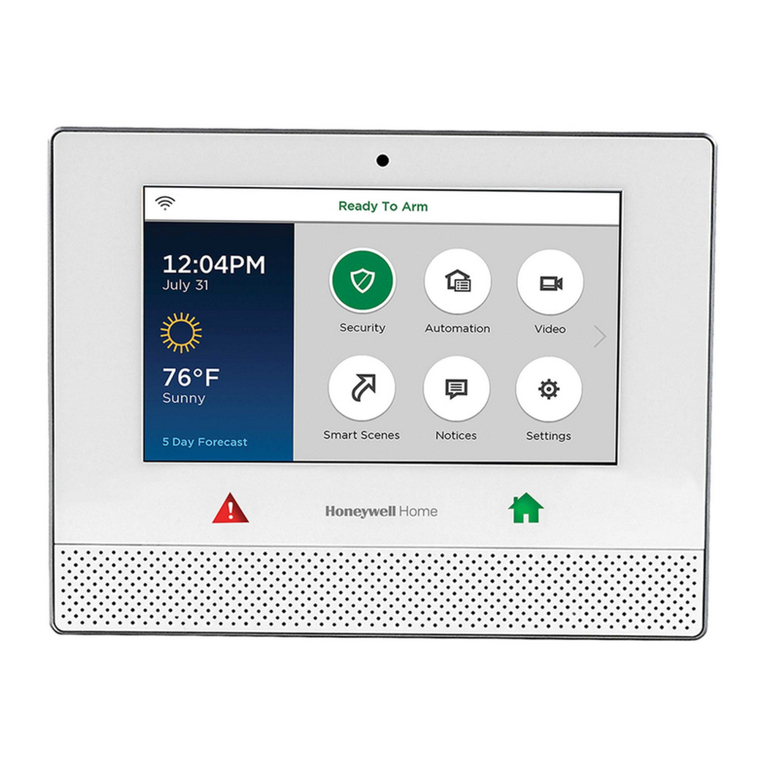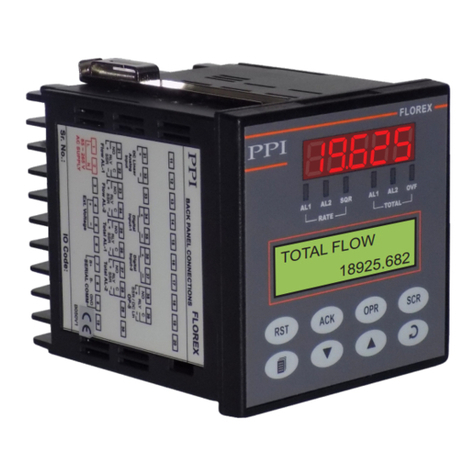
gpelectric.com | [page 3]
CONTENTS
1. INTRODUCTION.......................................................................................................................5
1.1 SAFETY PRECAUTIONS .................................................................................................................................5
1.2 OVERVIEW.......................................................................................................................................................6
1.3 FEATURES .......................................................................................................................................................6
1.4 APPEARANCE..................................................................................................................................................7
1.5 MPPT TECHNOLOGY INSTRUCTIONS ..........................................................................................................8
1.6 CHARGING STAGE INSTRUCTIONS........................................................................................................... 10
2. INSTALLATION.......................................................................................................................11
2.1 TOOLS AND MATERIALS NEEDED...............................................................................................................11
2.2 INSTALLATION AND WIRING ....................................................................................................................... 12
3. PRODUCT OPERATION AND DISPLAY...............................................................................14
3.1 LED INDICATION........................................................................................................................................... 14
3.1.1 PV INDICATOR ................................................................................................................................... 14
3.1.2 BATTERY INDICATOR........................................................................................................................ 14
3.1.3 LOAD INDICATOR .............................................................................................................................. 15
3.1.4 ERROR INDICATOR........................................................................................................................... 15
3.2 KEYS OPERATION........................................................................................................................................ 15
3.3 LCD STARTUP AND MAIN INTERFACE ....................................................................................................... 15
3.3.1 STARTUP INTERFACE....................................................................................................................... 16
3.3.2 MAIN INTERFACE .............................................................................................................................. 16
3.4 LOAD MODE SETTING INTERFACE............................................................................................................ 17
3.4.1 LOAD MODE INTRODUCTION .......................................................................................................... 17
3.4.2 LOAD MODE ADJUSTMENT.............................................................................................................. 17
3.4.3 MANUAL MODE ON/OFF PAGE ........................................................................................................ 17
3.5 SYSTEM PARAMETER SETTINGS .............................................................................................................. 18
4. SYSTEM MAINTENANCE......................................................................................................19
4.1 ABNORMALITY DISPLAY AND WARNINGS................................................................................................. 19
5. TECHNICAL PARAMETERS..................................................................................................20
5.1 ELECTRICAL PARAMETERS......................................................................................................................... 20
5.2 BATTERY TYPE DEFAULT PARAMETERS ................................................................................................... 21
6. CONVERSION EFFICIENCY CURVE....................................................................................21
6.1 12V SYSTEMS............................................................................................................................................... 21
6.2 24V SYSTEMS............................................................................................................................................... 22
7. PRODUCT DIMENSIONS.......................................................................................................22
8. BLUETOOTH®DONGLES......................................................................................................23
8.1 PRODUCT INFORMATION ........................................................................................................................... 23
8.2 MAIN FEATURES .......................................................................................................................................... 23
8.3 LED STATUS ................................................................................................................................................. 23
8.4 APPLICABLE TYPE ...................................................................................................................................... 23
8.5 PRODUCT FEATURES ................................................................................................................................. 24
8.6 PRODUCT DIMENSIONS ............................................................................................................................. 24
8.7 SYSTEM WIRING DIAGRAM ....................................................................................................................... 25
8.8 SPECIFICATIONS ......................................................................................................................................... 25
www.earth911.com/recycling-center-search-guides




















